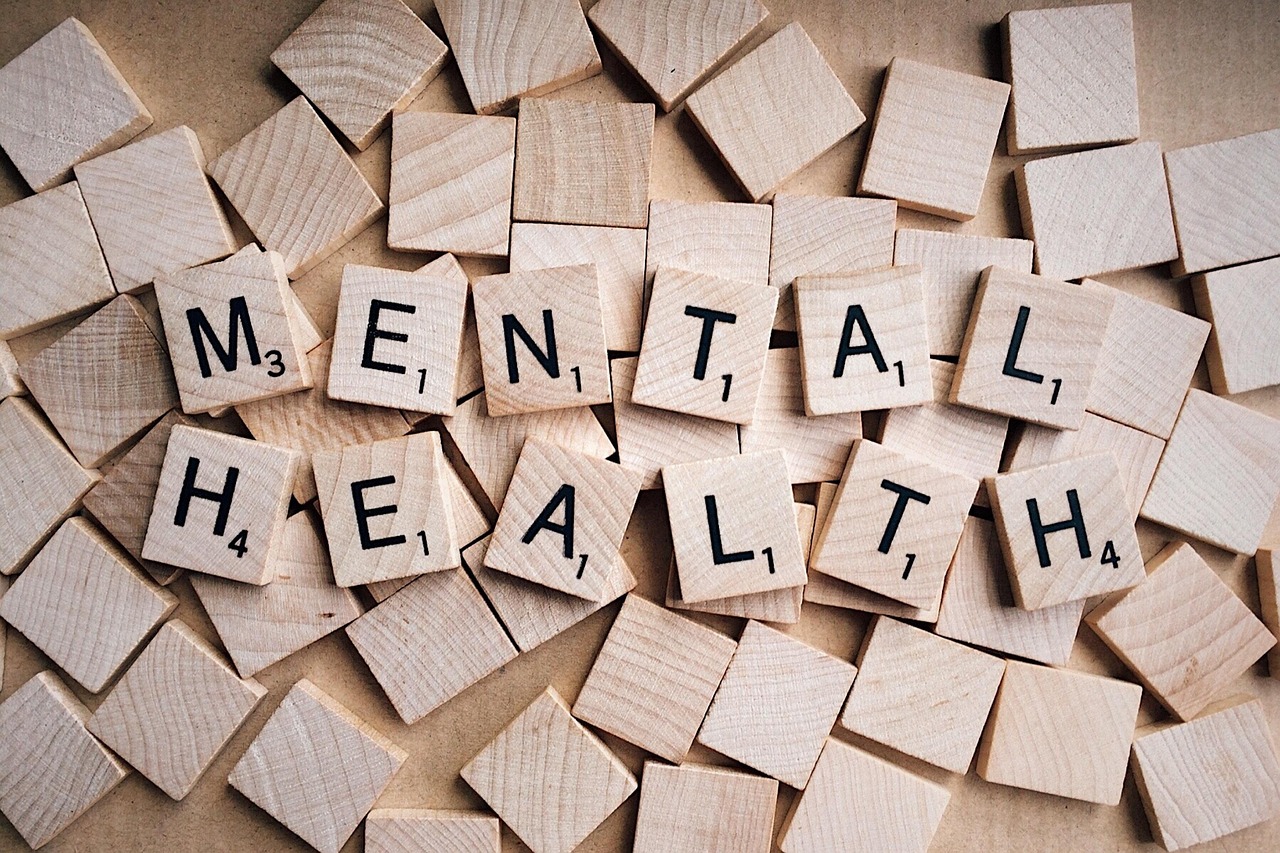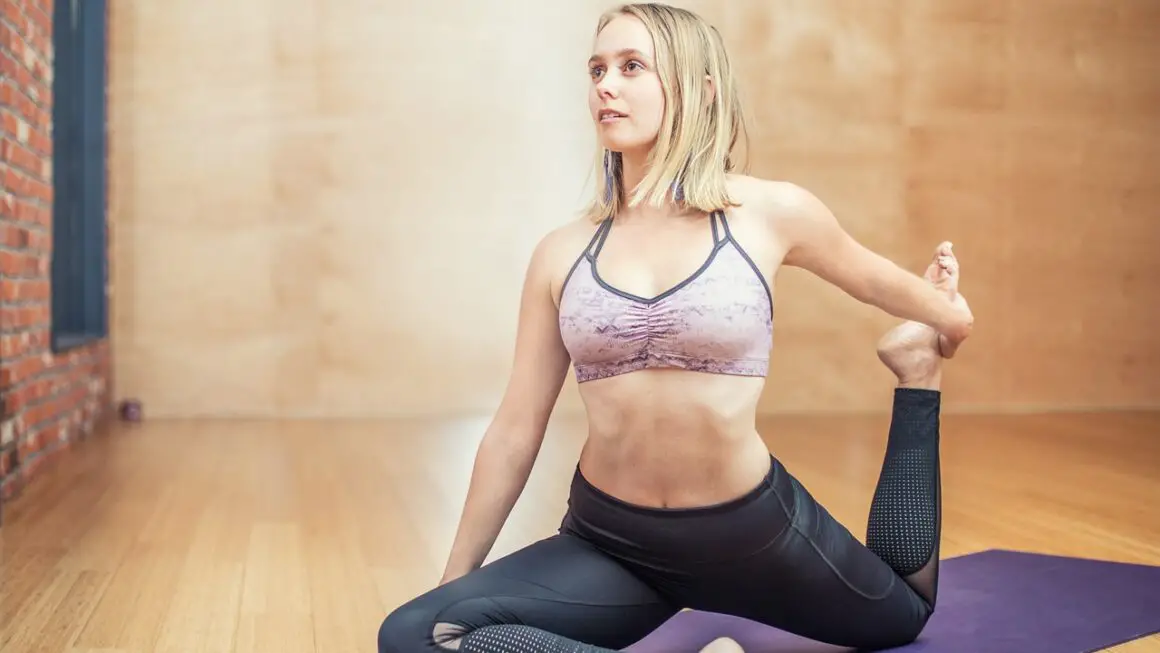Pilates, a workout method known for its core strengthening and body-sculpting abilities, has steadily grown in popularity. It’s more than just an exercise; it’s a holistic approach to health that focuses on precision, breath control, and fluid movement. Whether you’re a seasoned athlete or just starting your fitness journey, pilates offers a path towards improved strength, flexibility, and overall well-being. This guide will delve into the world of pilates, exploring its core principles, diverse benefits, and practical tips to help you get started and maximize your results.
What is Pilates?
Pilates is a physical fitness system developed in the early 20th century by Joseph Pilates. It’s a low-impact exercise method that emphasizes core strength, flexibility, and body awareness. Unlike some high-intensity workouts, pilates focuses on controlled movements and precise techniques to build strength without unnecessary bulk, resulting in a leaner, more toned physique.
The Core Principles of Pilates
At the heart of pilates are six fundamental principles that guide every exercise and movement:
- Centering: Activating the core muscles (abdominal, back, and pelvic floor muscles) to create a stable base for all movements.
- Concentration: Paying full attention to each movement, ensuring proper form and technique. This mindfulness enhances the mind-body connection.
- Control: Executing each exercise with precision and control, avoiding momentum or jerky movements.
- Breath: Utilizing proper breathing techniques (inhaling during preparation and exhaling during exertion) to enhance muscle engagement and relaxation.
- Precision: Focusing on the accuracy of each movement, ensuring proper alignment and form to maximize effectiveness and prevent injury.
- Flow: Moving smoothly from one exercise to the next, creating a fluid and graceful sequence.
The Difference Between Pilates and Yoga
While both pilates and yoga emphasize mind-body connection and offer numerous health benefits, there are key differences:
- Focus: Pilates primarily focuses on core strength, muscular endurance, and body alignment. Yoga, on the other hand, emphasizes flexibility, balance, and spiritual well-being.
- Breathing: Pilates incorporates lateral breathing (breathing into the sides and back of the rib cage) to stabilize the core, while yoga uses a variety of breathing techniques (pranayama) to promote relaxation and energy flow.
- Movements: Pilates involves more dynamic and repetitive movements, often using specialized equipment like the Reformer. Yoga features static poses held for extended periods, primarily utilizing bodyweight.
- Origin: Pilates was developed as a physical fitness system, while yoga has roots in ancient Indian philosophy and spirituality.
Benefits of Practicing Pilates
Pilates offers a wide range of physical and mental health benefits, making it a valuable addition to any fitness routine.
Physical Benefits
- Improved Core Strength: Pilates directly targets the deep core muscles, leading to increased stability, better posture, and reduced back pain.
- Enhanced Flexibility: Pilates exercises stretch and lengthen muscles, improving overall flexibility and range of motion.
- Increased Muscle Tone: Pilates builds lean muscle mass and improves muscle definition without adding excessive bulk.
- Better Posture: Pilates strengthens the muscles that support the spine, promoting proper alignment and reducing slouching.
- Reduced Back Pain: By strengthening core muscles and improving posture, pilates can alleviate chronic back pain and prevent future injuries. Studies have shown that pilates can be as effective as other forms of exercise for reducing back pain.
- Improved Balance and Coordination: Pilates exercises challenge balance and coordination, enhancing body awareness and reducing the risk of falls.
Mental Benefits
- Stress Reduction: The focus on breath control and mindful movement in pilates can help calm the mind and reduce stress levels.
- Increased Body Awareness: Pilates promotes a greater understanding of your body and how it moves, leading to improved posture and movement patterns in daily life.
- Improved Concentration: The precision and control required in pilates exercises can sharpen focus and improve concentration.
- Enhanced Mood: Like other forms of exercise, pilates can release endorphins, leading to improved mood and a sense of well-being.
Getting Started with Pilates
Embarking on your pilates journey can seem daunting, but with the right guidance and resources, you can quickly learn the basics and start experiencing the benefits.
Types of Pilates
- Mat Pilates: Performed on a mat using bodyweight for resistance. It’s accessible and can be done at home or in a group class.
- Reformer Pilates: Utilizes a specialized machine called the Reformer, which uses springs and pulleys to provide resistance and support. This allows for a wider range of exercises and greater control.
- Other Apparatus Pilates: Involves using other specialized equipment such as the Cadillac, Chair, and Barrel, each offering unique challenges and benefits.
Finding a Qualified Instructor
- Certification: Look for instructors who are certified by reputable organizations like the Pilates Method Alliance (PMA).
- Experience: Choose an instructor with experience teaching students of your fitness level and needs.
- Personal Connection: Find an instructor whose teaching style resonates with you and makes you feel comfortable and supported.
- Consider Private Sessions: If possible, consider starting with a few private sessions to learn the fundamentals and receive personalized attention.
Basic Pilates Exercises for Beginners
Here are a few basic pilates exercises to get you started:
- The Hundred: A classic pilates exercise that warms up the body and strengthens the core. Lie on your back with knees bent and feet flat on the floor. Curl your head and shoulders off the mat and extend your arms forward, palms facing down. Pump your arms up and down while inhaling for five counts and exhaling for five counts. Repeat ten times.
- Roll-Up: A foundational exercise that strengthens the core and improves spinal mobility. Lie on your back with arms overhead. Inhale to prepare, and exhale as you slowly roll up one vertebra at a time, reaching your hands towards your toes. Inhale to sit tall, and exhale as you slowly roll back down to the starting position.
- Leg Circles: An exercise that strengthens the core and hip muscles. Lie on your back with one leg extended towards the ceiling and the other leg extended on the mat. Rotate the extended leg in small circles, keeping the core engaged and the hips stable. Repeat in both directions.
- Pelvic Tilt: An exercise that improves core awareness and spinal mobility. Lie on your back with knees bent and feet flat on the floor. Tilt your pelvis forward and back, feeling the natural arch in your lower back and then flattening your lower back against the mat.
Tips for a Successful Pilates Practice
- Start Slowly: Begin with beginner-level exercises and gradually progress to more challenging movements.
- Focus on Form: Prioritize proper form over quantity. It’s better to do fewer repetitions with correct technique than to rush through exercises with poor form.
- Listen to Your Body: Pay attention to your body’s signals and stop if you feel any pain.
- Be Consistent: Aim to practice pilates at least two to three times per week for optimal results.
- Stay Hydrated: Drink plenty of water before, during, and after your pilates sessions.
Pilates Equipment: A Deeper Dive
While mat pilates primarily uses bodyweight, pilates equipment can add resistance, support, and variety to your workouts.
The Pilates Reformer
The Reformer is arguably the most iconic piece of pilates equipment. It consists of a carriage that moves along a track, connected to a system of springs that provide adjustable resistance.
- Benefits of the Reformer:
Provides assistance for beginners and challenges for advanced practitioners.
Allows for a wide range of exercises targeting different muscle groups.
Improves core strength, flexibility, and body alignment.
Offers a more controlled and supported workout compared to mat pilates.
Other Pilates Equipment
- Cadillac (Trapeze Table): A versatile piece of equipment that allows for a wide range of exercises using springs, bars, and straps.
- Wunda Chair: A small, compact chair with springs and a pedal that provides resistance for core and leg strengthening exercises.
- Spine Corrector: A curved barrel-shaped device that supports the spine and promotes proper alignment during exercises.
- Pilates Arc: A smaller version of the Spine Corrector, often used to enhance mat exercises and improve spinal mobility.
Incorporating Equipment into Your Practice
Working with pilates equipment requires proper instruction and supervision. It’s recommended to start with a qualified instructor who can guide you through the exercises and ensure proper form. Equipment can increase the intensity of exercises while also offering support to achieve correct alignment.
Pilates for Specific Needs
Pilates can be adapted to meet the needs of various populations, including athletes, pregnant women, and individuals with injuries.
Pilates for Athletes
Pilates can be a valuable addition to an athlete’s training regimen, helping to improve core strength, flexibility, and body awareness, which can enhance performance and reduce the risk of injury.
- Benefits for Athletes:
Improved core stability for better power transfer.
Increased flexibility for greater range of motion.
Enhanced body awareness for improved coordination.
Reduced risk of injuries due to improved muscle balance and joint stability.
Pilates During Pregnancy
Pilates is generally considered safe during pregnancy, but it’s essential to consult with your doctor and work with a qualified instructor who is experienced in prenatal pilates. Modifications may be necessary to accommodate your changing body.
- Benefits During Pregnancy:
Strengthened core and pelvic floor muscles to support the growing uterus.
Improved posture to alleviate back pain.
Increased flexibility to prepare for labor and delivery.
Reduced stress and anxiety.
Pilates for Injury Rehabilitation
Pilates can be a beneficial tool for injury rehabilitation, as it focuses on controlled movements, core strength, and body alignment, which can help to restore function and prevent re-injury. Always consult with your physical therapist or doctor before starting pilates after an injury.
- Benefits for Injury Rehabilitation:
Strengthening weakened muscles to support injured areas.
Improving range of motion and flexibility.
Restoring proper body alignment.
Reducing pain and inflammation.
Conclusion
Pilates offers a transformative approach to fitness, focusing on core strength, flexibility, and body awareness. Whether you’re looking to improve your posture, alleviate back pain, enhance athletic performance, or simply enhance your overall well-being, pilates can be a valuable addition to your lifestyle. By understanding the core principles, finding a qualified instructor, and practicing consistently, you can unlock the numerous physical and mental benefits that pilates has to offer. Start slowly, focus on form, and listen to your body, and you’ll be well on your way to a stronger, more flexible, and more balanced you.




